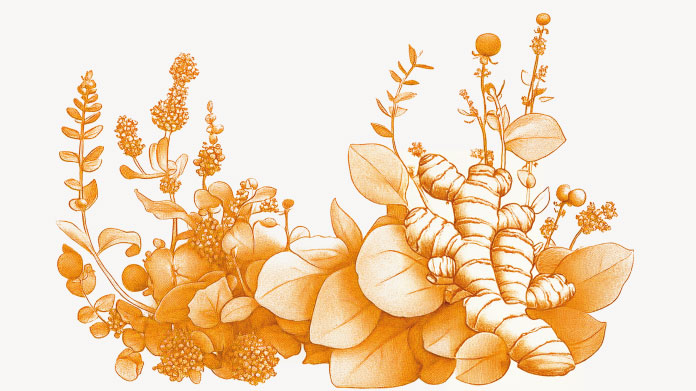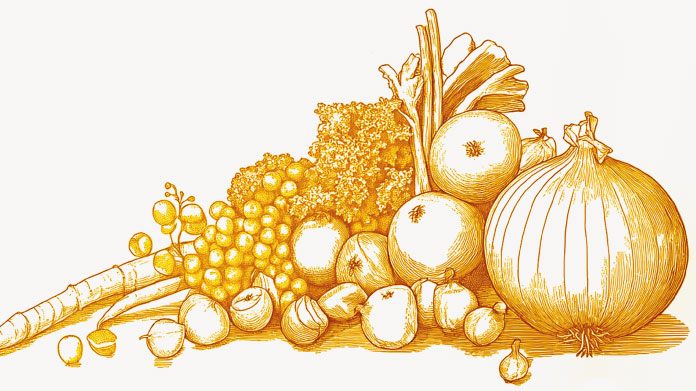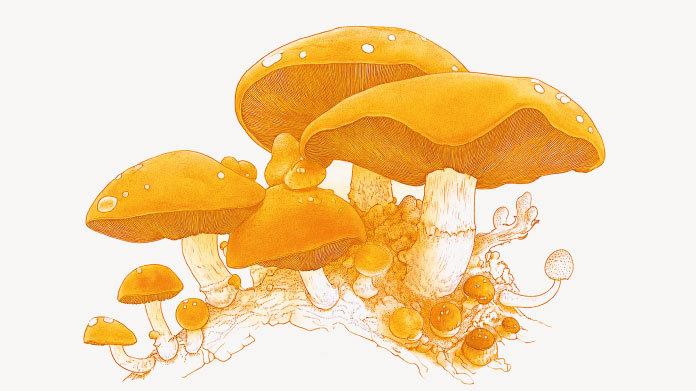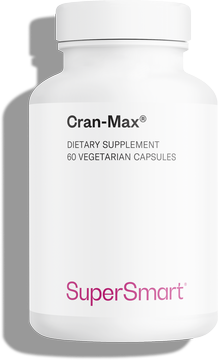Seasonal allergies: 5 essential steps!
Sneezing, coughing, streaming eyes … seasonal allergies blight the lives of around 36 million Americans, and incidence has been rising in recent years. What steps can be taken to relieve the symptoms? Read on to find out.
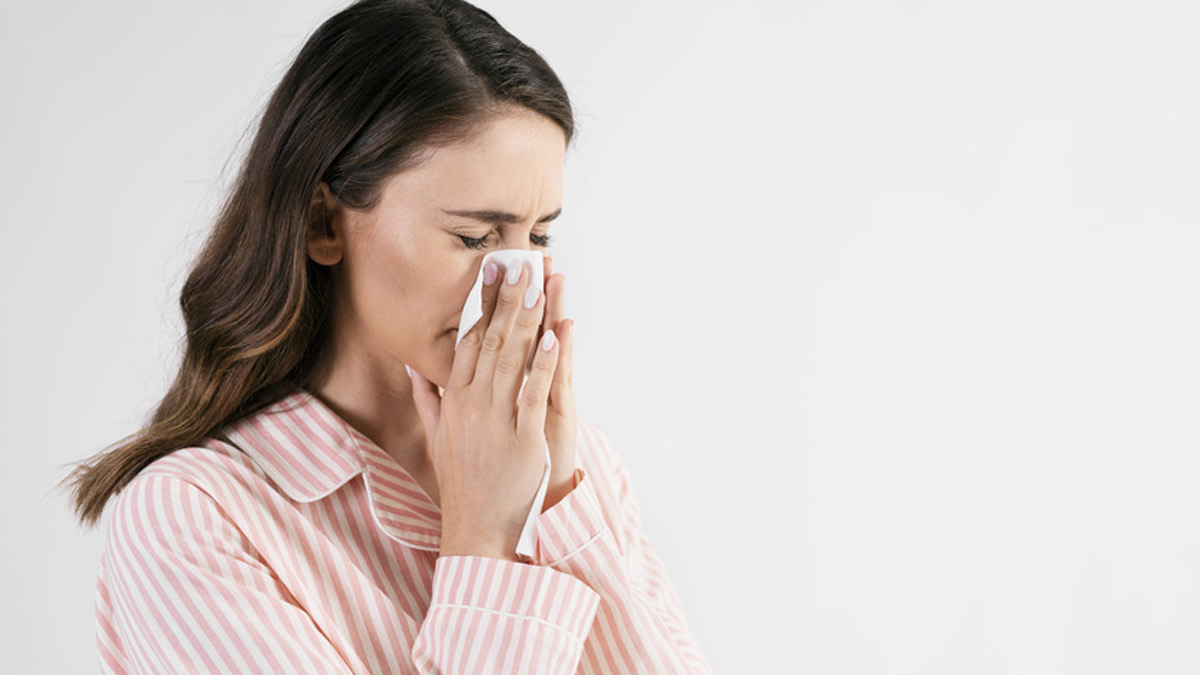
Identify the allergen/s responsible
Seasonal allergies (seasonal allergic rhino-conjunctivitis (ARC) or hay fever) are caused by an inflammatory reaction in the body to the presence of an allergen. Unlike perennial allergies triggered by year-round allergens (dust mites, animal fur …), seasonal allergies are caused by pollen. The challenge is to determine which pollen, as there are three kinds: tree, grass and herbaceous pollen.
What to do
The only way to find out exactly which allergen is responsible for your symptoms is to undergo a series of tests. Your doctor can refer you to an allergy specialist or you can find ‘self-diagnosis’ kits at your pharmacy.
Monitor the risk periods
Spring heralds the start of the allergy season when trees start to come into flower. However, the risk of seasonal allergies remains high until the end of summer as herbaceous plants continue their pollination until the beginning of autumn. Which are the key months? The pollen season generally peaks between May and August though periods of risk depend on the region and the weather. Part of the American Academy of Allergy, Asthma & Immunology (AAAAI), the National Allergy Bureau provides accurate information on pollen levels throughout the United States, using over 90 counting stations, and reflecting current weather events.
What to do
Consult the high pollen count maps (on the AAAAI website) as soon as the warm weather arrives. Avoid walking in the countryside, protect your eyes with sunglasses and close your windows to prevent pollen from coming indoors.
Boost your immune system
Seasonal allergies weaken the immune system. It therefore makes sense to give it some help in fighting the symptoms of allergic reactions. Certain dietary supplements combine anti-allergy plant extracts with phytonutrients that boost immune and respiratory health and so combat the symptoms of allergy.
What to do
Adopt a healthy lifestyle all year round and regularly consume probiotics to restore the balance of your gut flora as it is plays a direct role in the efficacy of your immune system.
Relieve the symptoms, prevent recurrences
Even though seasonal allergies are not usually serious, they still make life difficult and cause additional fatigue. Since avoiding allergens completely is very difficult, antihistamines are normally recommended for relieving symptoms. Another option is phytotherapy. Certain plants, such as Capparis spinosa (caper bush) or Ribes nigrum (blackcurrant bud absolute) have anti-inflammatory properties and Capparis spinosa also has active principles with antihistamine properties. Another possibility is desensitisation.
What to do
Don’t wait until symptoms appear – take action at the beginning of spring with a course of dietary supplements containing targeted plant extracts.
Beware of cross-reactivity
A phenomenon called cross-reactivity can occur between some types of pollen and certain foods, primarily fruits and vegetables. Intolerance to pollen can thus sometimes cause an allergic reaction of varying severity (itching, swelling…) in the mouth and throat. 30% of those who suffer from seasonal allergies may be affected. The main combinations to avoid are:
- Birch and apple (the most common cross-reaction) but also pear, cherry, celery, kiwi fruit, plum…
- Grasses and tomato, pepper, melon …
- Ragweed and banana, watermelon, cucumber …
- Alder and almond, hazelnut, peach, parsley…
What to do
If you know which type of pollen you are allergic to, avoid eating the fruits and/or vegetables that trigger cross-reactions with that pollen.
Keywords
1 Days
Great customer service - responsive …
I ordered from them and my item was unavailable for sometime. I was super happy when they reactivated my order and shipped my item which arrived very quickly. Great customer service.
Ruth Rueter
2 Days
Super fast shipping
Super fast shipping
Donald Borling
5 Days
Reputable companysearch and the number of…
The research and the number of selection of products.
NAKHJAVAN Shervin
18 Days
The Anti Aromatase is a great product
The Anti Aromatase is a great product. You just need to have constant inventory. Recently this product has been out of stock.
GEORGE Verne
20 Days
Great help on chat
Great help on chat. Knowledgeable and friendly.
Jason Argos
23 Days
Customer service was fast and friendly.
Customer service helped to stop the transaction process of the subscription. I appreciated that.
Greenie
23 Days
I order here due to the high quality of…
I order here due to the high quality of the products and the quick delivery of items - thank you
Barbara J
25 Days
SuperSmart's Eye Pressure supplements: highly recommended!
I purchase SuperSmart's Eye Pressure supplements regularly for over 5 years, and gotta say they are truly a wonderful product for my Glaucoma. Highly recommended if you have eye pain from your Glaucoma.
D. Martinez
29 Days
Quick service
Quick service
MONELL
30 Days
Speedy service.
Speedy service.
ROSENTHAL Marvin
34 Days
Clear website- Efficient
Clear website. Excellent search engine and fast delivery!
Mohamad Hussein
36 Days
They have great products.
They have great products.
Vickie
36 Days
Great Shipping Time!
You Have A Great Shipping Time! Praise The Lord!
DMHoge
38 Days
Doctor Recommended!
Good pricing, very good availability, doctor recommended (couldn't find what I needed anywhere else), and it took only a week to arrive (which I can't complain about).
Al
39 Days
Great product and fast shipping
Great product and fast shipping
Marie

